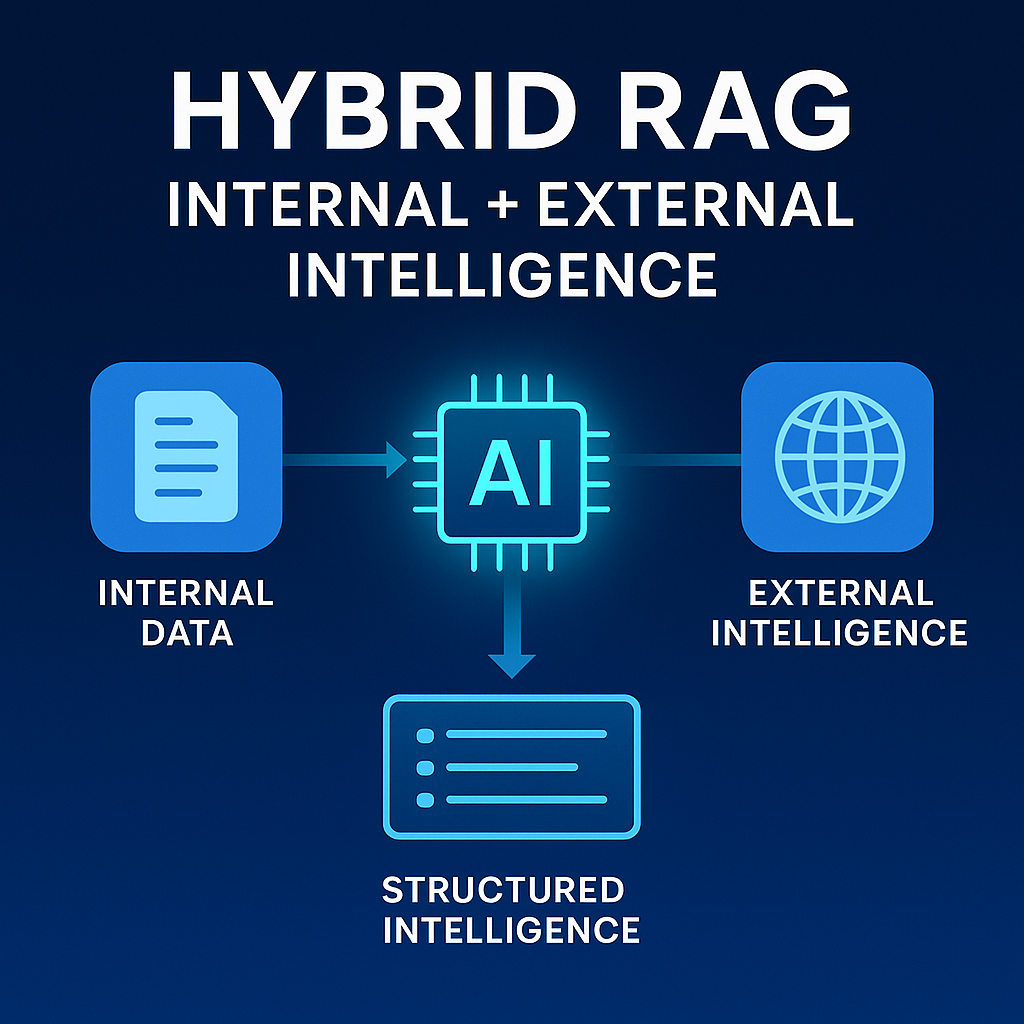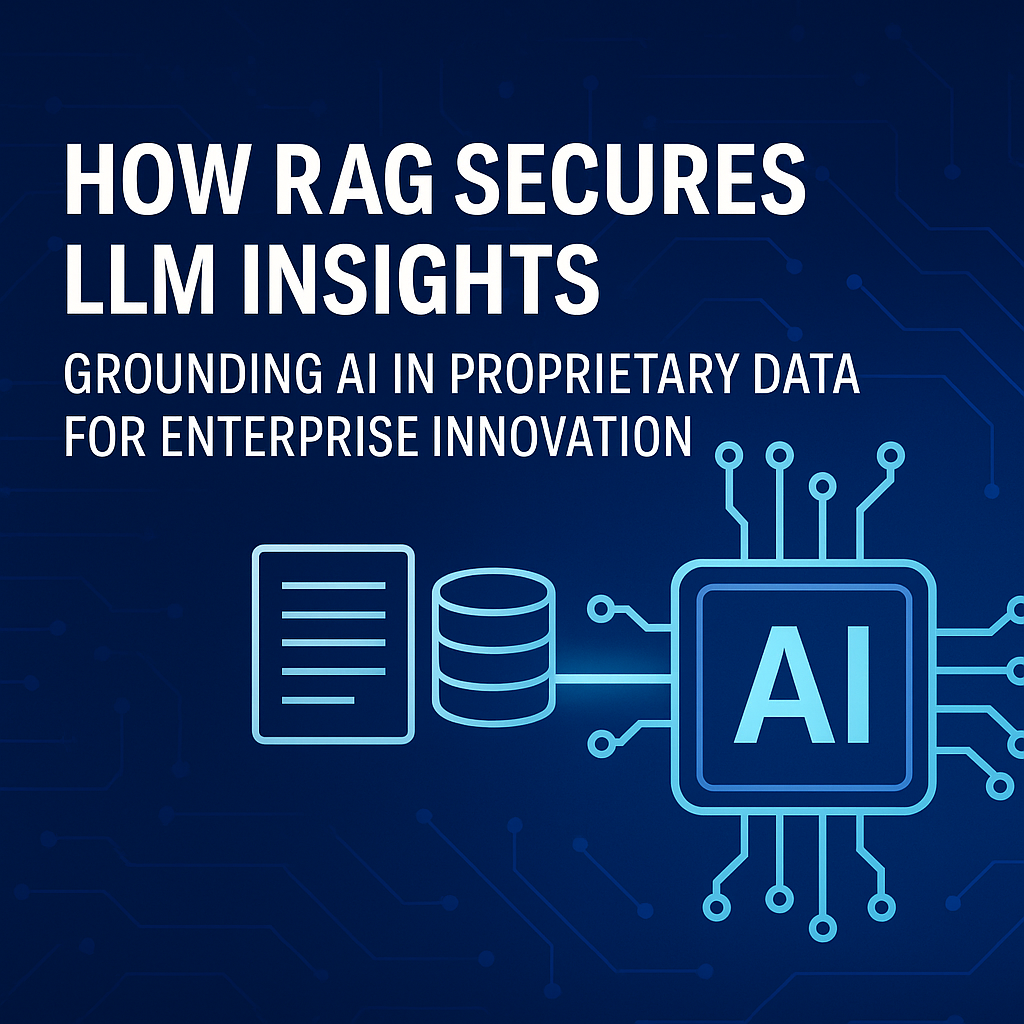Climate change and global warming are pressing challenges that demand immediate action. Carbon capture and sequestration (CCS) technologies have emerged as promising solutions to mitigate greenhouse gas emissions. By leveraging the power of Artificial Intelligence (AI) and OpenAI, we can unlock new possibilities in the fight against climate change. In this blog post, we will explore the current technologies used in CCS, their benefits and challenges, and the future applications of AI and OpenAI to accelerate the transition towards a sustainable future. Additionally, we will delve into how AI can be utilized to track and reduce emissions across Scope 1, 2, and 3, providing actionable insights for effective climate change mitigation.
Carbon Capture and Sequestration Technologies:
Direct Air Capture (DAC):One innovative technology used in CCS is Direct Air Capture. DAC involves extracting carbon dioxide directly from the atmosphere. Companies like Carbon Engineering and Climeworks have made significant advancements in this field. Carbon Engineering's DAC facility in Squamish, Canada, utilizes AI algorithms to optimize the process, reducing costs and improving efficiency. Climeworks operates several DAC plants worldwide, deploying AI to enhance the capture and storage of carbon dioxide.
Enhanced Oil Recovery (EOR):Enhanced Oil Recovery techniques not only extract additional oil but also sequester carbon dioxide underground. Oil and gas companies such as Occidental Petroleum and ExxonMobil are pioneers in this area. Occidental's Permian Basin operations in Texas leverage AI-driven technologies to optimize the injection of captured carbon dioxide, maximizing oil recovery while reducing emissions. ExxonMobil has also implemented AI algorithms in its EOR projects, improving the efficiency of carbon sequestration.
Carbon Mineralization:Carbon Mineralization involves converting carbon dioxide into stable minerals for long-term storage. Companies like CarbonCure and Solidia Technologies are at the forefront of this technology. CarbonCure's AI-enabled system precisely controls the injection of carbon dioxide into concrete, resulting in the formation of calcium carbonate. Solidia Technologies uses AI algorithms to optimize the carbon mineralization process, providing an eco-friendly alternative to traditional cement production.
Future Uses of AI and OpenAI for Carbon Capture and Sequestration:
Renewable Energy Optimization:Renewable energy sources play a crucial role in reducing carbon emissions. By leveraging AI and OpenAI technologies, we can optimize the deployment of renewable energy systems. For example, Google's DeepMind has developed algorithms to predict and optimize the output of wind farms, maximizing energy generation while minimizing environmental impacts. Similarly, AI algorithms can analyze solar panel performance data to improve energy yield and system efficiency.
Smart Grid Management:AI holds tremendous potential for managing electrical grids intelligently. Through advanced analytics and machine learning, AI algorithms can optimize energy distribution, balance supply and demand, and integrate renewable energy sources effectively. Companies like Siemens and General Electric are developing AI-based solutions for smart grid management, enabling efficient and sustainable energy systems.
Sustainable Transportation:Transportation is a significant contributor to carbon emissions. AI can revolutionize transportation systems, optimizing traffic flow, and reducing congestion. For example, AI algorithms can be used to develop intelligent traffic management systems that minimize fuel consumption and emissions. Companies like Waymo and Tesla are leading the way in utilizing AI for autonomous vehicles, aiming to revolutionize transportation with zero-emission electric fleets.
Emission Tracking and Reduction:
Accurate tracking and reduction of emissions across Scope 1, 2, and 3 are essential for combating climate change effectively. With the rise of Artificial Intelligence (AI) and OpenAI technologies, real-time emission monitoring has become more efficient and reliable. In this blog post, we will explore how AI is revolutionizing emission tracking and reduction, enabling proactive measures to reduce carbon footprints. By integrating AI with sensor networks, IoT devices, and satellite data, companies can make data-driven decisions to minimize their environmental impact and contribute to a sustainable future.
The Importance of Emission Tracking and Reduction:
Tracking emissions across different scopes is crucial for understanding an organization's carbon footprint and identifying areas for improvement. Scope 1 covers direct emissions from company-owned sources, Scope 2 includes indirect emissions from purchased electricity, and Scope 3 encompasses indirect emissions from the company's value chain. Accurate tracking of emissions in these scopes provides a comprehensive overview of the environmental impact and helps in setting reduction targets.
Real-time Emission Monitoring with AI:
AI technologies play a vital role in real-time emission monitoring, providing accurate and up-to-date information for proactive decision-making. By integrating AI with sensor networks, IoT devices, and satellite data, companies can obtain granular data on emissions from various sources. AI algorithms can analyze this data in real-time, identifying emission hotspots, patterns, and trends. This enables organizations to take timely actions to reduce emissions, optimize operations, and meet sustainability goals.
Benefits of AI in Emission Tracking and Reduction:
Enhanced Accuracy: AI algorithms can process vast amounts of data and identify patterns that humans may overlook. By leveraging AI, companies can achieve more accurate emission measurements and better understand the sources and drivers of emissions.
Proactive Decision-making: Real-time emission monitoring allows companies to take proactive measures in reducing their carbon footprints. AI-powered analytics enable organizations to identify inefficiencies, optimize processes, and implement sustainable practices.
Predictive Insights: AI can provide predictive insights by analyzing historical emission data, weather patterns, and other relevant factors. This enables companies to anticipate emission levels and take preventive actions to minimize their environmental impact.
Optimal Resource Allocation: AI algorithms can optimize resource allocation by identifying energy-intensive processes, suggesting energy-efficient alternatives, and identifying opportunities for emission reduction. This helps companies allocate resources effectively to achieve maximum environmental impact.
Compliance and Reporting: AI can streamline the compliance and reporting processes by automating data collection, analysis, and reporting. This saves time and resources while ensuring accurate and transparent emission reporting to regulatory authorities and stakeholders.
Effective emission tracking and reduction are vital for combating climate change. AI and OpenAI technologies empower organizations with real-time monitoring capabilities, enabling proactive decision-making to reduce carbon footprints. By integrating AI with sensor networks, IoT devices, and satellite data, companies can accurately track emissions across Scope 1, 2, and 3, identify emission hotspots, and implement data-driven strategies for emission reduction. With AI as a powerful ally, organizations can play an active role
Look ahead:
As the urgency to address climate change grows, AI and OpenAI offer powerful tools to advance carbon capture and sequestration efforts. From Direct Air Capture and Enhanced Oil Recovery to Carbon Mineralization, existing technologies are benefiting from AI optimization. Looking ahead, AI will play a crucial role in optimizing renewable energy systems, managing smart grids, revolutionizing transportation, and tracking emissions across scopes. By harnessing these technologies and fostering collaboration, we can pave the way for a sustainable and low-carbon future, mitigating the impacts of global warming and safeguarding our planet for future generations.
How can Traction Technology help?
Traction Technology is a ground-breaking platform engineered expressly to eliminate internal innovation silos, thereby enabling enterprises to seamlessly collaborate and align their business needs with promising technologies. By providing dynamic features that promote collaboration and innovation, they aim to accelerate digital transformation in the enterprise.
Here's how Traction Technology can help:
.png)
Discovery of Relevant Startups: Traction Technology helps established companies discover relevant advanced technologies aligned with their strategic goals and innovation areas. It curates startups based on different industries, technology trends, and areas of business interest, making it easier to find potential partners or investment opportunities and share this information across the enterprise.
Collaboration and Engagement Tools: Traction Technology offers tools that help manage the engagement process with startups. It provides a structured approach to evaluating, tracking, and managing interactions with multiple startups across multiple project and pilots, improving efficiency and collaboration.
Data-Driven Insights: The platform provides data-driven insights to help make informed decisions. This includes information on startup funding, growth indicators, customers and competitors, which can help in assessing potential startup partnerships.
Innovation Pipeline Management: Traction Technology aids in managing the innovation pipeline. It helps companies capture ideas and request and track innovation projects, monitor progress, and measure results in real time, promoting a culture of continuous innovation.
Track KPIs and Generate Custom Reports: Effortlessly track Key Performance Indicators (KPIs) with real time dashboards and generate custom reports tailored to your organization's unique requirements. Stay
.png)
ahead of the curve by monitoring projects progress and engagement.
By leveraging a platform like Traction Technology, established companies can gain a competitive edge, driving their digital transformation journey and adapting to the fast-paced business environment. It supports the integration of startup agility, innovation, and customer-centric approach into their operations, which is critical for success in the digital age.
About Traction Technology
We built Traction Technology to meet the needs of the most demanding customers, empowering individuals and teams to accelerate and help automate the discovery and evaluation of emerging technologies. Traction Technology speeds up the time to innovation at large enterprises, saving valuable time and money by accelerating revenue-producing digital transformation projects and reducing the strain on internal resources, while significantly mitigating the risk inherent in working with early-stage technologies.
Let us share some case studies and see if there is a fit based on your needs.
Traction Report Update: 23 ways AI could transform your business in 2023.
For more information
● Explore our software and research services.
● Download our brochure: How to Evaluate Enterprise Startups.
● Watch a demo of our innovation management platform and start your free trial.









.webp)